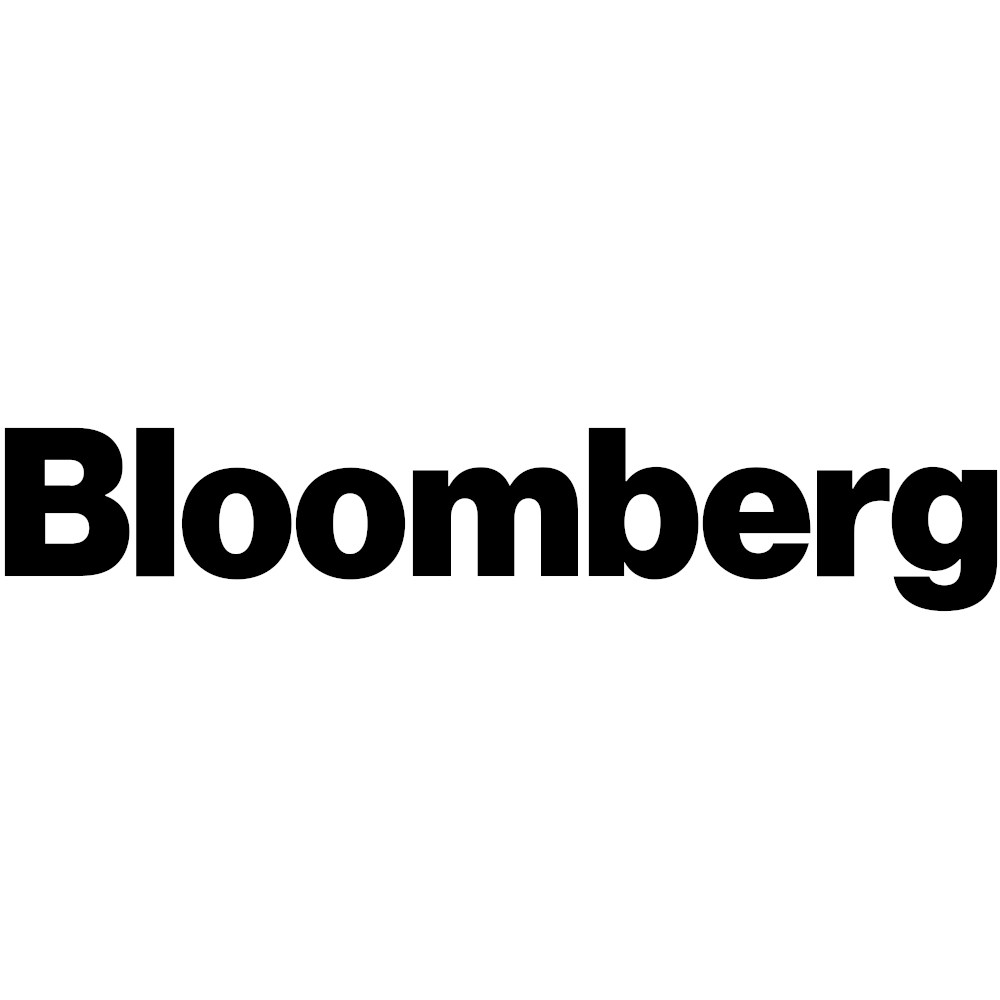Treasuries Pull Buyers Back In After Yields Spike on Upbeat Data

(Bloomberg)–An escalating selloff in the Treasury market stalled Tuesday as investors pounced on the highest yields in a month or more.
Spurred by stronger-than-anticipated retail sales data for July that reinforced the case for the Federal Reserve to raise interest rate further, the two-year note’s yield briefly topped 5%, a level it hasn’t closed above since early March. Ten- and -30-year yields rose to the highest levels since October. By mid-morning in New York, the moves had been unwound. Ahead of the data, the yield on 30-year inflation-protected Treasuries exceeded 2% for the first time since 2011 as investors demand higher risk-free rates of return in a strong US economy. Ten-year real yields rose from a multiyear high reached Monday, stalling just below 1.90% when buyers stepped in. “Higher nominal and real yields and less curve inversion is a great opportunity for real-money buyers to add duration in Treasuries and credit,” said Gregory Faranello, Head of US Rates Trading and Strategy for AmeriVet Securities. “Even the longer end is offering solid protection” against poor performance by riskier assets.
Several large block trades in Treasury futures — including ones in the five-year note and Ultra 10-year note contracts —suggested that investors were motivated by the historically cheap yield levels. Also, in interest-rate options, there was a large purchase of a structure that will benefit from erosion in the amount of Fed rate cuts anticipated next year. Real yields became negative after the onset of the pandemic. The 30-year collapsed to levels around -0.50% in 2020 and 2021 after the Fed slashed interest rates and demand for inflation protection skyrocketed. It was still below zero when the Fed began tightening policy in early 2022. Insulated from the effects of inflation, real yields represent the true cost of borrowing.
Now that the Fed has raised rates by a cumulative 5.25 percentage points, most recently on July 26, investors are anticipating the end of the cycle and an eventual pivot to rate cuts in response to a recession that some still expect to occur next year. Recession expectations have faded however in response to resilient labor-market conditions, suggesting the policy rate could stay elevated.
Worries around larger US fiscal deficits that will increase the supply of Treasury debt are also pushing yields higher. An auction of 30-year Treasury inflation-protected securities next week will reveal the scope of investor demand at cheaper levels.
The last TIPS auction — a 10-year maturity — on July 20 drew extremely strong demand at a yield of 1.495%, the highest for the product since 2010.
The surge in US real yields is all the more spectacular given the languid performance of their major counterparts. UK 10-year peers at 0.84% are less than half those of the US. Germany’s measure languishes at around 0.25%, a reflection of its economy which is barely expected to expand in the second
half of the year, according to a Bloomberg poll.
“That low real rate is telling me that the ECB didn’t do enough to fight inflation,” said Althea Spinozzi, senior fixed-income strategist at Saxo Bank A/S. “But it might not need more because the economy is already crumbling.”
— By: Michael Mackenzie



